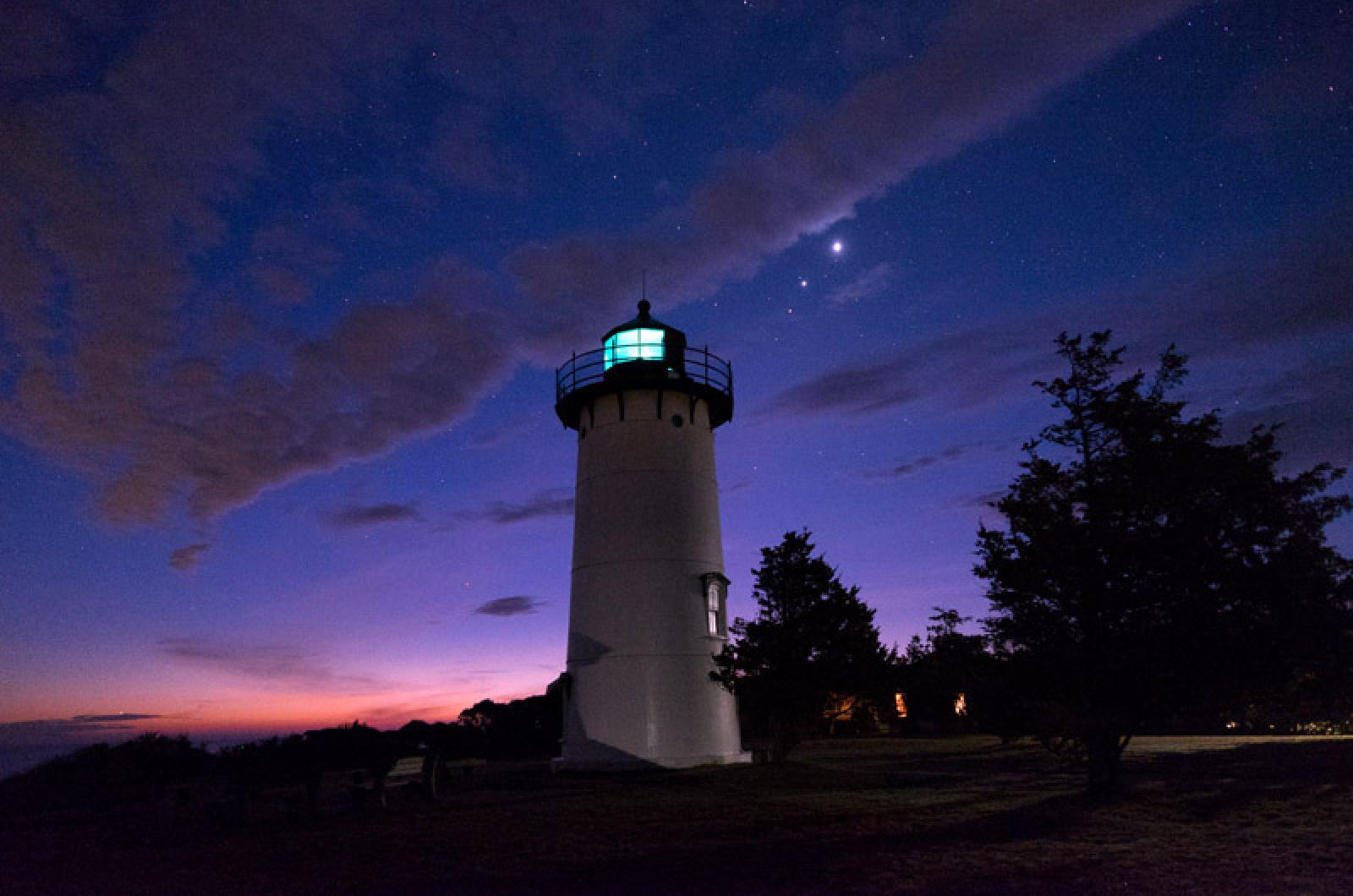It’s a line in the loosest sense of the word, though linear enough to cause a solar system stir.
This week a special showing is taking place in the sky. A planetary parade, known officially in astronomy as a planetary alignment, will host not one or two but five planets in more or less of a row in the early-evening horizon. The orbits of Jupiter, Mercury, Venus, Uranus and Mars coincide to create the conga line of planets beneath the moon.
To be fair, line is not an entirely accurate description. It’s more akin to the arrangement that a group of preschoolers make when bounding down a trail. The planets, like the kids, group up and distances form between them. Alignment describes the planets appearing to be on the same trail in the same area of the sky at the same time. But, in reality, the planets are not close at all, just positioned in their orbits for a visual treat.
You may have observed the profusion of planets over the week, though Tuesday would have been the best night to notice them. They could be seen with the naked eye — though binoculars would be even better — and were detectable for the few days before and the few days after March 28. So, check the evening you read this: you might still be able to catch them!
The western sky after sunset is where you should be looking. Mercury will be close to the horizon so it might be the hardest to notice. Brighter and next to Mercury is Jupiter. The brightest planet in the bunch is Venus and it will be next. Venus is grouped with Uranus higher in the sky than the first two.
Hard to see, but with a distinctive green hue if you can pick it out. is Uranus; you’ll need those binocs for this one. And the last, Mars, will again be at a distance from the last two, hanging out under the waxing crescent moon.
This phenomenon is both rare and common. Planets often align; sometimes it is two, three, four, or this special five-planet situation. This particular placement of the five planets won’t happen again until Sept. 8, 2040. A full planetary alignment — all of the planets, and sometimes Pluto — on one side of the sun could occur once every 1.6 billion years. A full alignment on either side of the sun could happen every 516 years.
These alignments, also called conjunctions, have been causes of historic concern and superstitions, potentially portending the end of the world, shifts of earth’s polarities and even the sighting of hidden planets or other celestial oddities. Nothing of the sort has happened yet, though Jim Henson’s Dark Crystal (my favorite movie) tells a powerful tale of the good and evil in all of us that resulted from a planetary conjunction.
Use this celestial event to revisit the film; but, more important, get outside and observe it yourself. You won’t need special glasses. If the weather remains clear and we have a perfect viewing, you can thank your lucky stars . . . and those propitious planets.
Suzan Bellincampi is Islands director for Felix Neck Wildlife Sanctuary in Edgartown and the Nantucket Wildlife Sanctuaries. She is also the author of Martha’s Vineyard: A Field Guide to Island Nature and The Nature of Martha’s Vineyard.




Comments
Comment policy »